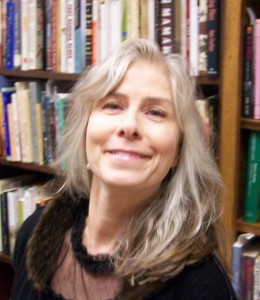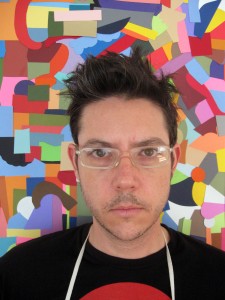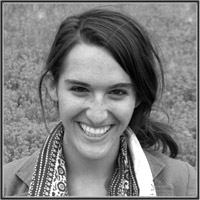Two nights ago, my grandmother asked me if I wanted to accompany her to Jabalpur, a city in the Madhya Pradesh region of India, to receive blessings from and pay respects to her guru on his birthday. Coincidentally, this event just happens to occur under the next full moon in one of India’s most culturally significant cities. In fact, Jabalpur’s colloquial name is Sanskaardhani or “culture capital” because it was once home to the Kalchuri and Gond dynasties and developed a syncretic culture as a result of the intermittent influence of the Marathi and Mughal empires, combining Hindu, Muslim, and Jain cultures and influences into one singular area. Due to this differential cultural mix of religious faiths coupled with the region’s dominant dependence on rural agriculture, Jabalpur remains largely unchanged in its spiritual significance to the Indian community at large. It is home to a large community of holy men, women, and orphanages of abandoned children all either well versed in or currently learning the various aspects of Vedic literature.
When she told me all this, my grandmother and I got into a discussion about faith versus reason, her obviously discussing the former, and me in my 20-year-old naivety pushing the latter. The whole argument actually started because after pushing all this history aside, the question kept nagging at my mind: why did she need a guru in the first place? I am not at all denying the experience that it would provide me with and it would be an unforgettable part of my growth at this point in life. But at 75 years old, she has already achieved a sufficient amount of financial success and emotional fulfillment in her life without ever seeking the guidance of a spiritual teacher.
So what had changed in the past few years to facilitate this change?
She said that nothing had changed, that things were the same. I said something had to be different. She said no and said that as she got older, she realized that the events in her life, however driven by human factors like her father and husband and children, still answered to the divine intervention of an ultimate superpower; call it God, Bhagavan, whatever. I asked if she really believed her own power of thinking and choices and environmental situations had not achieved the changes that created her present. She said no, that destiny had ultimately chosen her path for her, and no matter what she might have done to deter from or adhere to that path, it was all preordained by this ultimate superpower. As such, she felt the urge to find a guru who could use his knowledge of Hindu canonical texts like the Vedas and Mahabharata to provide her with insight on how to continue living well through the most ancient codices of the world’s oldest living faith.
I was more or less confused because my grandmother was applying reason to faith in a way that they did not necessarily contradict each other. She was not saying that her thoughts and actions had no bearing whatsoever on her life, but that there was a guiding hand behind each and every one of those thoughts and actions that had laid out a plan for her, a plan that stood as a simultaneous consequence and refutation of her conscious decisions. I am looking forward to this trip because I am not an incredibly spiritual person in the textbook sense of the word, but I want to understand my culture as it is: faith AND reason, spirituality and philosophy, a way of thinking and a way of life. I am still a little “iffy” about the whole thing, but I am not one to be so close-minded to such a grand new experience.


